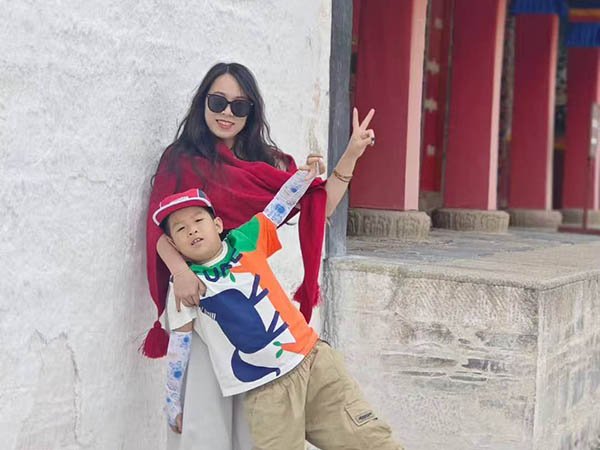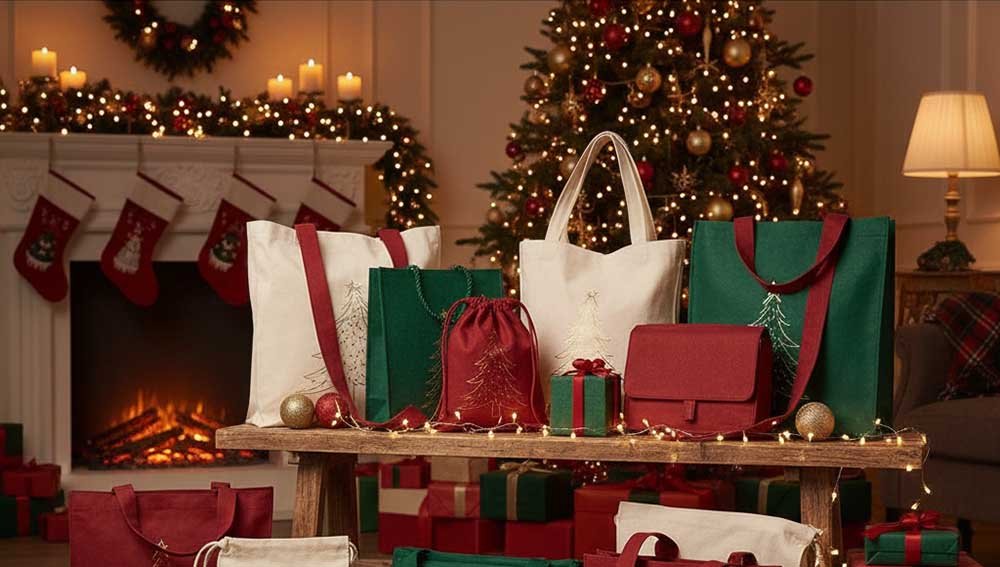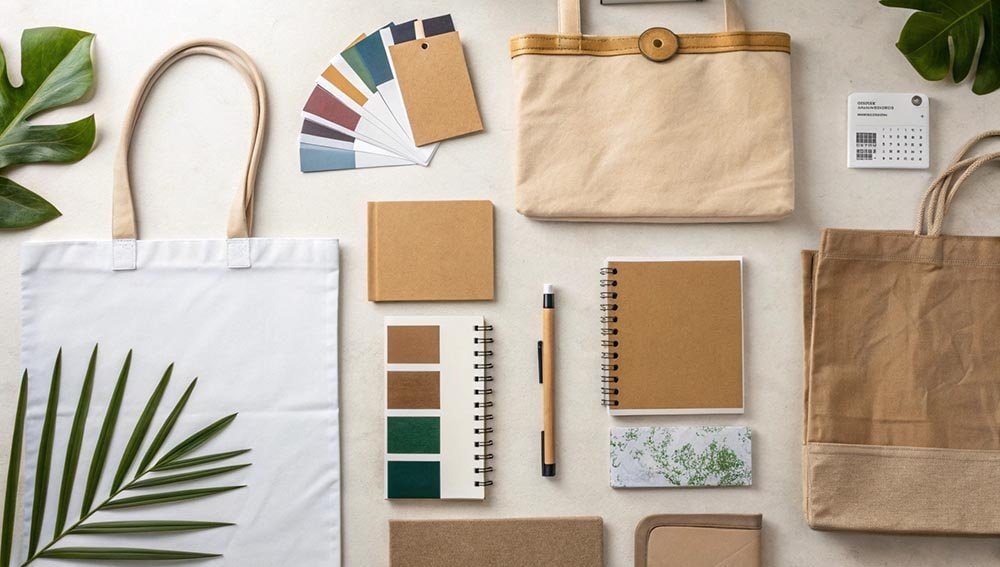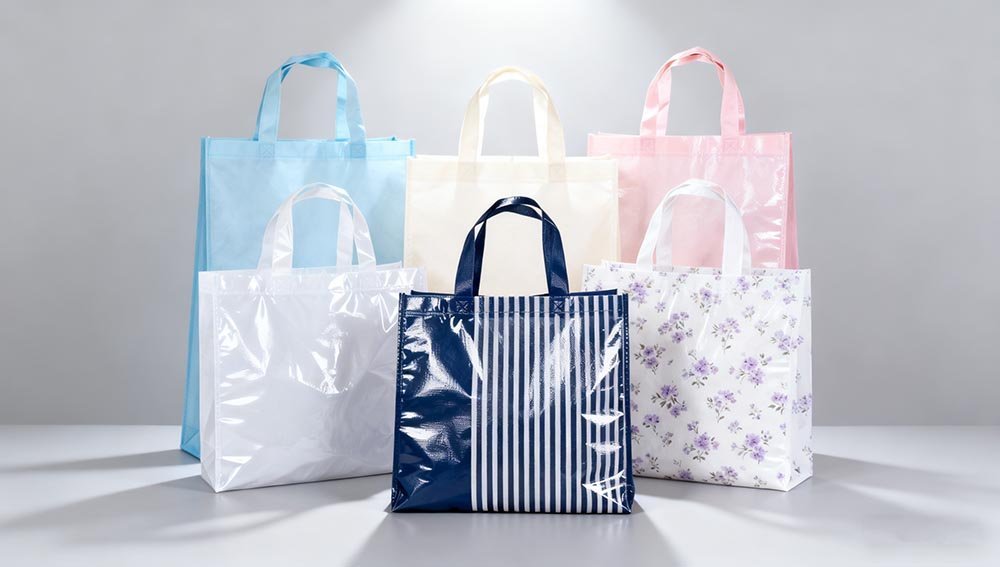Are you tired of packaging that hurts the planet? Consumers today are choosing brands that align with their values. Make your brand stand out with sustainable bags.
Choosing the right eco-material for your bag is key to reducing your environmental impact, meeting customer demand, and boosting brand image. Options range from recycled plastics like rPET to natural fibers such as jute and recycled cotton, each offering unique benefits in durability, look, and cost.
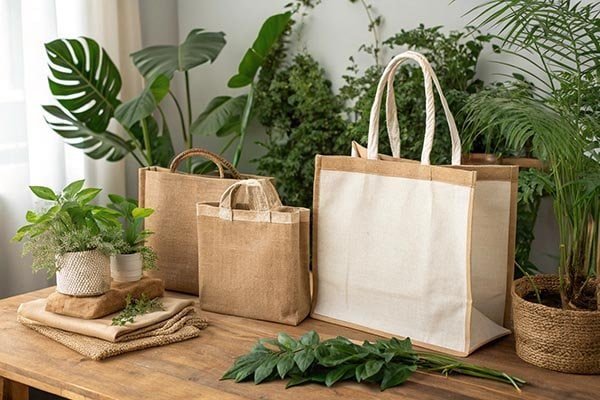
Selecting the perfect sustainable packaging can feel complex, but it is one of the most powerful ways to tell your brand story. We will break down the materials that make a difference, helping you move past basic functionality to true brand representation.
Why Switch to Sustainable Bag Materials?
Worry about your packaging choices impacting the environment? The move to sustainable materials is no longer optional; it is a business necessity.
Switching to eco-friendly materials delivers high value by significantly lowering your environmental footprint, strongly meeting current consumer preferences, and actively improving your brand’s reputation.Sustainable packaging is now a key requirement for many B2B buyers.
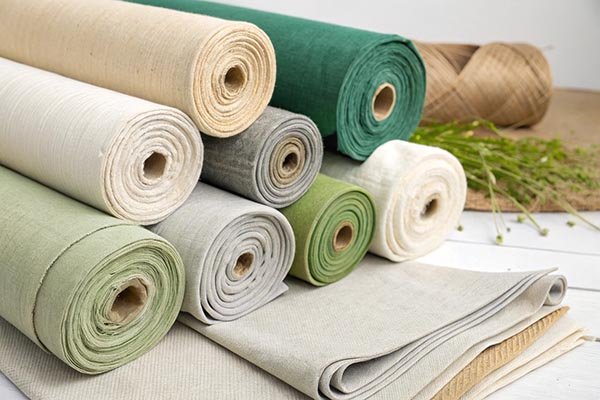
For businesses, the value of eco-materials goes deeper than just being "green." It is a critical part of brand differentiation.
When you choose materials like recycled cotton or Jute, you immediately show a commitment to responsible sourcing and manufacturing. This commitment helps you build long-term trust with your customers.
A bag made from recycled content directly reduces the need for virgin resources. This saves energy and minimizes waste in landfills. Buyers today are savvy; they do not just buy a product; they buy the story and values behind it. When your packaging tells a positive story, it makes the purchasing decision easy for them.
Sustainable packaging also sets a higher standard for the industry. It signals to competitors and partners that your brand is a leader, not a follower, in ethical practices. This leads to better partnerships and helps your brand grow strongly in the competitive market. The table below shows the core requirements for sustainable packaging that B2B partners look for:
| Requirement | Description | Brand Benefit |
|---|---|---|
| Recycled Content | Use of post-consumer or post-industrial waste (e.g., rPET, Recycled Cotton). | Reduces virgin resource use; strong eco-narrative. |
| Biodégradabilité | Material can naturally decompose (e.g., Jute, Organic Cotton). | Reduces landfill impact; appeals to zero-waste consumers. |
| Low-Impact Sourcing | Materials grown with minimal water or pesticides (e.g., Hemp, Jute). | Better resource management; stronger ethical claims. |
| Durability/Reusability | Bag is strong enough for many uses over a long time. | Provides long-term marketing exposure for the brand. |
What Makes RPET, Tyvek, and Recycled Cotton Smart Choices?
Confused by the many new eco-material terms like RPET et Tyvek? These innovative options offer high performance with a clear sustainable edge for modern designs.
RPET (Recycled Polyethylene Terephthalate) is smart because it uses recycled plastic bottles, is waterproof, and is very durable, perfect for bright printing.Tyvek is lightweight, waterproof, and fully recyclable, fitting minimalist styles, while Recycled Cotton uses textile waste, resulting in low carbon use and a beautiful, natural texture.
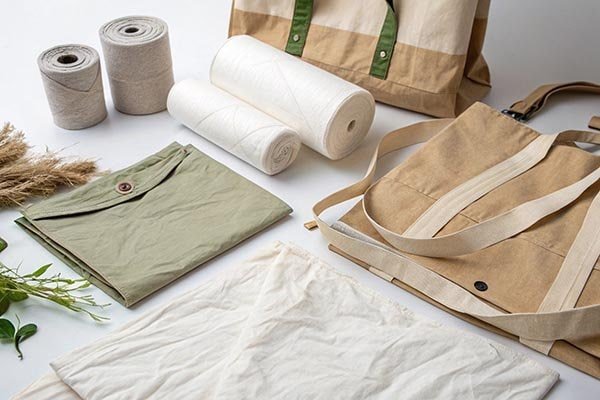
These three materials represent the best combination of performance and low environmental impact. RPET, for example, is a strong, weather-resistant fabric made from plastic that would otherwise pollute oceans or landfills.
Because it is highly printable, brands can use it to create bold, colorful, and long-lasting designs. This ensures the bag remains a useful item for the customer for years, increasing brand exposure.
Tyvek, a high-density polyethylene, looks like paper but acts like a highly durable, water-resistant fabric. It is perfect for brands wanting a modern, sleek, or technical look, often used in high-end gift packaging or dry bags. Its single-material nature also makes it easier to recycle than many blended fabrics.
Recycled cotton, sourced from cutting-room scraps or used clothing, gives a brand a soft, classic feel. It significantly reduces the heavy water and pesticide use associated with growing new cotton.
I have seen many clients combine these for the best results: using durable, waterproof RPET for the bag exterior and a soft, low-impact recycled cotton for the lining. This blending of material types gives the bag both high performance and a strong sustainable message. The choice truly reflects a brand’s ability to use both innovation and tradition wisely.
| Matériau | Source/Eco Benefit | Key Performance Trait | Ideal Use Case |
|---|---|---|---|
| RPET | Recycled plastic bottles; reduces reliance on virgin oil. | Waterproof, high durability, excellent print surface. | Technical bags, linings, reusable shopping totes. |
| Tyvek | Recyclable HDPE; lightweight, minimalist waste. | Tear-resistant, waterproof, unique paper-like look. | High-end gift packaging, dry bags, modern accessories. |
| Recycled Cotton | Textile waste; saves significant water and land use. | Soft hand-feel, natural texture, highly breathable. | Totes, inner linings, casual everyday bags. |
How Can Washable Paper Bag Design?
Looking for a unique, durable material that surprises your customers? Washable Paper offers a distinctive, premium feel that looks like paper but handles daily use easily.
Washable Paper is a unique material that acts like leather or fabric, being waterproof, very light, and machine-washable, despite its paper-like look.This durable material is excellent for creating high-end, distinctive, and reusable bags that offer a surprising tactile and visual experience for the customer.
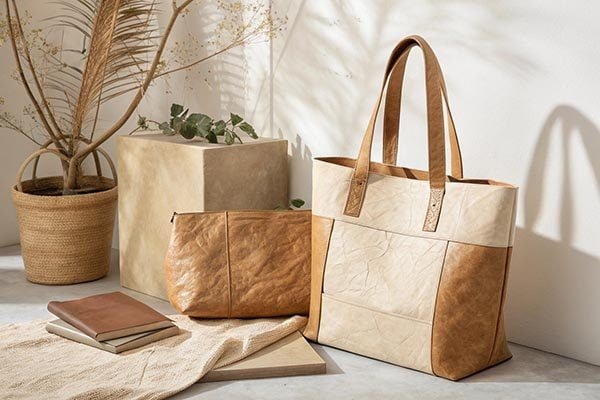
The rise of materials like Washable Paper in high-end packaging shows a strong trend. Brands want unique textures that speak quality and sustainability.
Papier lavable is made from natural cellulose fiber, often mixed with latex for strength. When wet, it does not tear; instead, it becomes softer, giving it a unique patina with use, much like real leather.
This makes it an ideal choice for fashion and gift brands that want a durable, vegan, and visually appealing option. It is a fantastic material for small accessories, cosmetic bags, or wine totes.
The surface is also easy to print on. This means brands can keep their design minimal or add detailed logos. Compared to traditional materials, Washable Paper offers an unexpected element. While cotton and canvas are reliable, Washable Paper is a statement—it invites touch and conversation.
For the B2B buyer, this means the bag itself becomes a major selling point. It helps the product stand out immediately on a store shelf or in an unboxing experience. The unique aesthetic and long life often justify the investment, providing higher perceived value to the end customer.
Why Do Cotton, Canvas, and Jute Remain Popular?
With so many new materials, why do Cotton, Canvas, and Jute still fill most orders? These classic fibers offer a perfect balance of cost, tradition, and easy customization for every brand.
Cotton is loved for its soft feel, breathability, and easy printing, plus it is biodegradable. Canvas is a thicker, tough version of cotton, offering great durability and weight capacity for long-term use, while Jute provides a rough, natural look and very strong eco-credentials because it is rain-fed and fast-growing.
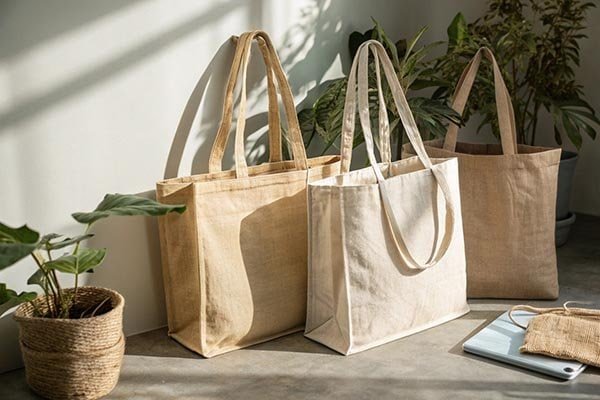
The enduring popularity of these natural fibers comes down to their practical advantages in the B2B world. Cotton and Canvas have been trusted for centuries.
They are highly cost-effective, easily sourced, and work well with almost all common printing techniques. This includes silkscreen and digital transfer. This flexibility is vital for businesses with large-volume orders or complex design needs.
Jute, with its rough texture and earthy look, communicates an immediate and strong connection to nature. It is perfect for organic food brands, gift packaging, or beach totes, reinforcing a brand’s strong commitment to natural sourcing.
For many buyers, the key is the cost-to-quality ratio. A well-made Sac en toile offers years of reliable use at a lower price point than many innovative synthetics. They are also simple to compost at the end of their life, provided heavy dyes or plastic components are avoided. Therefore, these materials remain the workhorses of the industry.
I advise brands to explore blending these traditional materials. Consider using a durable Jute exterior for its look and an Organic Cotton inner pocket for a soft feel. This combination leverages the low-cost and known quality of the traditional fibers while improving both the feel and the eco-story of the final product.
| Matériau | Key Advantage | Customization Ease | Durability Rank (1-5, 5 being highest) |
|---|---|---|---|
| Coton | Soft hand-feel; very low cost for large volume. | Very High (accepts all print types). | 2 |
| Toile | High tensile strength; excellent weight bearing. | High (good for structured prints and embroidery). | 4 |
| Jute | Strong natural texture; fast-growing/low-input crop. | Medium (best with simple logos and natural dyes). | 3 |
How to Choose the Right Eco Bag Material for Your Brand?
Feeling overwhelmed by all the choices for your brand’s bag material? You need a simple system to match your bag’s purpose, audience, and budget to the right fiber.
To choose the correct eco-material, you should match the bag’s intended purpose, your customer’s profile, your budget, the required printing method, and your core brand image. Consider blending materials, like Tyvek with rPET or Cotton with Jute, to get the best of performance and sustainable messaging in one product.
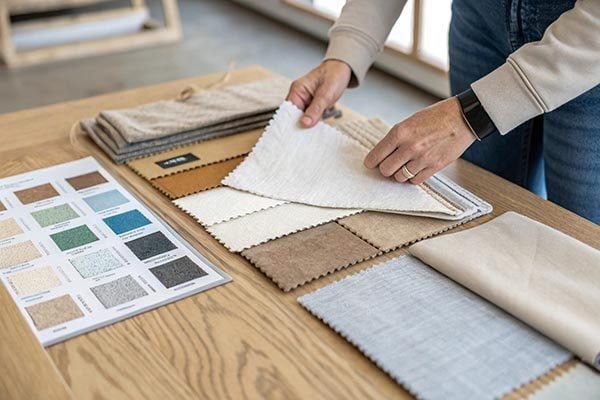
Choosing the right material is less about "best" and more about "fit." A luxury brand launching a small cosmetic line needs a different solution than a large retailer needing reusable shopping bags. The final decision must be a strategic one.
First, consider the use. Is the bag for heavy daily groceries (Canvas/Hemp) or a one-time gift package (Washable Paper/Jute)? Second, look at your customer. Do they value low cost (Standard Cotton) or high innovation (Tyvek/rPET)?
Third, your budget limits what is possible. For example, recycled nylon1 ou plant-based leathers2 often cost more than recycled cotton. Fourth, the printing method matters greatly. Smooth surfaces like rPET accept detailed full-color prints better than coarse materials like Jute.
Finally, make sure the material supports your brand image. If your brand is highly technical and modern, Tyvek or rPET is a better fit than Jute.
For high durability and a strong eco-message, I often recommend a functional material combination. Use a strong rPET outer shell for weather protection, paired with an Organic Cotton lining for a softer, ethical interior. This blending allows your brand to meet practical needs while maximizing its sustainable commitment, winning customer trust.
| Decision Factor | Low Cost/High Volume Choice | High Value/Specialty Choice |
|---|---|---|
| Purpose | Standard Tote Bag, Giveaway, Bulk Shopping | Product Launch Kit, High-End Gift, Travel Gear |
| Best Material Fit | Recycled Cotton, Jute, Standard Canvas | Tyvek, Washable Paper, Recycled Nylon (rPET) |
| Key Performance Need | Tear Strength, Cost-Efficiency, Printability | Water Resistance, Unique Feel/Texture, Longevity |
Conclusion
The right eco-material choice—from innovative rPET to classic Jute—is a powerful brand difference maker that wins customer trust and supports the planet.
Frequently Asked Questions
Q: What is the meaning of the GRS certification often mentioned for recycled bag materials?
A: The Global Recycled Standard (GRS) is an international, voluntary product standard that sets requirements for third-party certification of recycled content, chain of custody, social and environmental practices, and chemical restrictions. It assures customers that the material truly contains recycled content and was produced responsibly.
Q: How can a small business verify the sustainability claims of an eco-bag supplier?
A: Small businesses should ask for key certifications like GOTS (for organic textiles), GRS (for recycled content), or OEKO-TEX (for restricted substances) to verify the materials. A reputable supplier should be transparent about their supply chain.
Q: Are eco-friendly bags more expensive than traditional plastic or non-woven options?
A: Initially, premium eco-materials like Tyvek or certified Organic Cotton may have a higher unit cost. However, their superior durability, reusability, and higher perceived brand value often result in a lower cost-per-impression over the product’s lifespan, offering a better ROI.
Q: Which eco-material is the best choice if my brand needs maximum water resistance?
A: Recycled PET (rPET) and Tyvek are generally the best choices for maximum water resistance. rPET, made from plastic bottles, is inherently water-repellent, and Tyvek is nearly waterproof and highly resistant to tears even when wet.
Q: What are the primary ‘watch-outs’ or disadvantages of using Jute as a primary bag material?
A: Jute’s main disadvantages are its rougher hand-feel, its tendency to shed fibers, and its lower abrasion resistance compared to canvas or nylon. It is also more limited in accepting highly detailed, multi-color prints.
Q: Beyond the material, what construction features help make a sustainable bag last longer?
A: Longevity is increased by construction features such as reinforced stitching (bar-tacks) at stress points (like where handles join the bag), bound interior seams for strength, and using long-lasting hardware, such as metal zippers instead of plastic ones.
Q: Can all types of Recycled Cotton be composted at the end of their life?
A: No, only 100% natural fiber bags (like cotton or jute) that have not been treated with heavy dyes, plastic coatings, or non-removable synthetic threads can be composted. The hardware and non-natural trims must be removed first.
Q: What is the difference between Canvas and standard Cotton fabric?
A: Canvas is simply a thicker, plain-woven cotton fabric. This tight, dense weave gives it superior strength, rigidity, and durability compared to lighter, standard cotton, making it better for carrying heavy items and maintaining shape.
Q: How does the choice of dye affect the environmental impact of an eco-friendly bag?
A: The dye process can significantly impact sustainability. Brands should look for low-impact dyes or "dope-dyed" fabrics (where pigment is added before the fiber is spun), which use much less water and fewer harsh chemicals compared to traditional vat dyeing methods.
Q: Which eco-material provides the most unique texture and is often used for high-end luxury goods?
A: Washable Paper offers the most unique texture, as it develops a soft, leather-like patina over time. Cork leather and certain Plant-Based Leathers (like Piñatex) also offer luxurious, distinctive, and sustainable alternatives to animal leather for high-end accessories.

